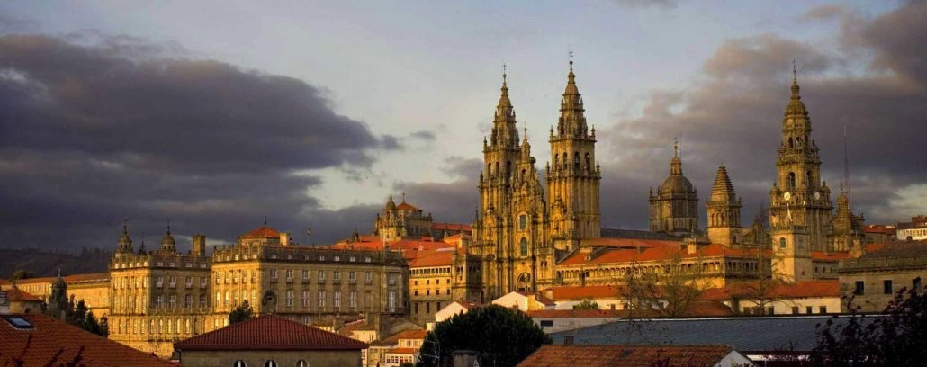Speaker
Description
Two-neutron transfer reactions such as (p,t) and (t,p) have provided a unique tool to understand neutron pairing correlations in nuclei [1]. Based on the formal analogy between pairing distortions and quadrupole shape fluctuation [1], where an important measure of collective effects is provided by the B(E2) transition probabilities, one can associate a similar role to the transition operators <f | a+ a+ | i> and <f | a a | i> in the two-particle transfer mechanism between the initial |i> and final |f> states.
To study np correlations in N=Z nuclei, it thus seems natural to consider the transfer of an np pair from even-even to odd-odd self-conjugate nuclei as a sensitive probe, and of the possible direct reactions we could envision, the (3He,p) and (p,3He) are perhaps the best choices since both isoscalar and isovector transfers are allowed.
In this work [2], we introduce the concept of neutron-proton np two-particle units (or np Weisskopf units) to be used in the analysis of the (3He,p) and (p,3He) reactions along the N=Z line. These are presented for the conditions relevant to the (n,l,j) orbits expected from 16O to 100Sn. As are the cases of the Weisskopf units for electromagnetic transitions [3] and the two-particle units relevant for two-neutron transfers [4], the np-WU's will provide a simple, yet robust, measure to assess isoscalar and isovector pairing collectivity.
- This work is based on the research supported in by the Director, Office of Science, Office of Nuclear Physics, of the U.S. Department of Energy under Contract No. DE-AC02-05CH11231 (LBNL), by the Spanish Ministerio de Ciencia, Innovación y Universidades and FEDER funds under project FIS2017-88410-P, and by the U.S. National Science Foundation (NSF) under Cooperative Agreement No. PHY-1565546. Y.A. acknowledges the support by the Spanish Ministerio de Economía y Competitividad through the Programmes “Ramón y Cajal” with the grant number RYC2019-028438-I
[1] R.A. Broglia, O. Hansen and C. Riedel, Adv. Nucl. Phys. Vol 6 (1973) 287.
[2] J.A.Lay, Y.Ayyad and A.O.Macchiavelli, Phys. Lett. B 824 (2022) 136789.
[3] V.F. Weisskopf, Phys. Rev. 83 (1951) 1073.
[4] R.A. Broglia, C. Riedel and T. Udagawa, Nuclear Physics A184 (1972) 23.
| Topic | Theory |
|---|

